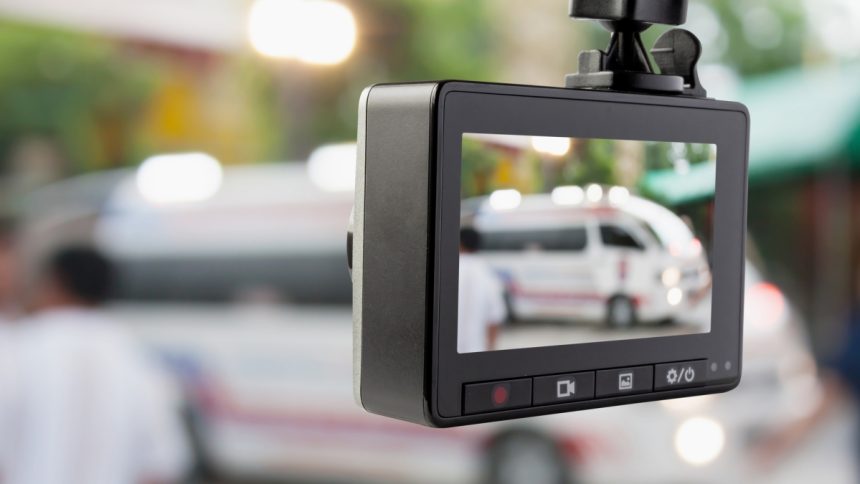Have you ever wished you had proof to back up your side of the story in a car accident? In the chaos that follows a collision, it can be challenging to recall every detail, especially when fault is disputed. Dashcams have emerged as an invaluable tool in these situations, offering unbiased, real-time footage that can support drivers in car accident claims. Whether you’re dealing with insurance companies or navigating a legal case, dashcam footage can provide the evidence needed to clarify events and protect your interests.
How Dashcam Footage Can Support Your Accident Claim
One of the most significant advantages of dashcam footage is its ability to provide real-time, unbiased evidence. Unlike eyewitness accounts or personal recollections, which can be unreliable or biased, dashcam footage shows exactly what happened. In car accident claims, this can make all the difference.
For example, in a hit-and-run accident, dashcam footage can capture the fleeing vehicle’s license plate, making it easier for authorities to track down the responsible party. Similarly, if fault is disputed in an accident, dashcam footage can show the precise sequence of events—whether a driver ran a red light, swerved into your lane, or braked suddenly.
A Chicago accident attorney relayed that having this video evidence can also strengthen your claim when dealing with insurance companies. Rather than relying on verbal accounts or police reports, adjusters can review the footage to verify fault, leading to faster and more accurate claim settlements. In legal cases, such footage can serve as compelling evidence, helping clarify liability and potentially leading to more favorable outcomes.
Types of Dashcams and Their Features
Not all dashcams are created equal. Depending on your needs, you can choose from a range of dashcams, each offering different features to help protect you in case of an accident.
The most basic type is a single-lens dashcam, which records footage from the front of the vehicle. This type of camera captures everything happening on the road ahead, making it perfect for general driving. More advanced options include dual-lens dashcams, which record both the front and rear of the vehicle, offering a broader view of any incidents. These can be particularly useful in rear-end collisions, where the responsible driver may claim they weren’t at fault.
Many dashcams come with GPS-enabled tracking, which records not only video footage but also your exact location, speed, and driving route. This feature adds another layer of context to your footage, as it can show whether you were speeding, stopped at a traffic light, or driving in a particular lane. Additionally, high-resolution cameras ensure that important details like license plates and road signs are clear in the footage.
These features can enhance the value of your dashcam footage in an accident claim, providing a comprehensive view of the events leading up to the collision.
Tips for Maximizing the Value of Your Dashcam Footage
To get the most out of your dashcam, there are a few best practices you should follow. Mount your dashcam in a location where it can capture a wide, unobstructed view of the road, typically behind the rearview mirror. For dual-lens dashcams, make sure the rear camera is placed to capture the view out of the back window.
It’s also a good idea to regularly review and back up your footage. In the event of an accident, you’ll want to ensure that key moments are captured, so review the footage as soon as possible to verify it includes all relevant details. If your dashcam supports cloud storage, take advantage of this feature to securely back up footage in case your device is damaged in an accident.
Finally, share the footage only with relevant parties, such as your insurance company or legal representative. Posting footage online or sharing it publicly before a claim is resolved can complicate your case, especially if it reveals sensitive details.
Why More Drivers Are Investing in Dashcams
As dashcam technology becomes more affordable and accessible, more drivers are choosing to install them for peace of mind. Having continuous video recording while you’re driving ensures that any incidents on the road are captured, providing a layer of protection against disputes, false claims, and hit-and-run drivers.
The cost of a dashcam is often far outweighed by the potential benefits it offers in accident claims. Drivers are recognizing this value, making dashcams a popular and practical investment.
Lynn Martelli is an editor at Readability. She received her MFA in Creative Writing from Antioch University and has worked as an editor for over 10 years. Lynn has edited a wide variety of books, including fiction, non-fiction, memoirs, and more. In her free time, Lynn enjoys reading, writing, and spending time with her family and friends.















